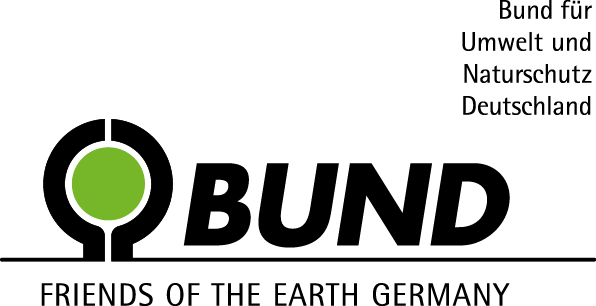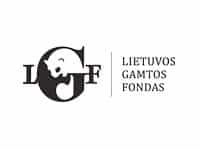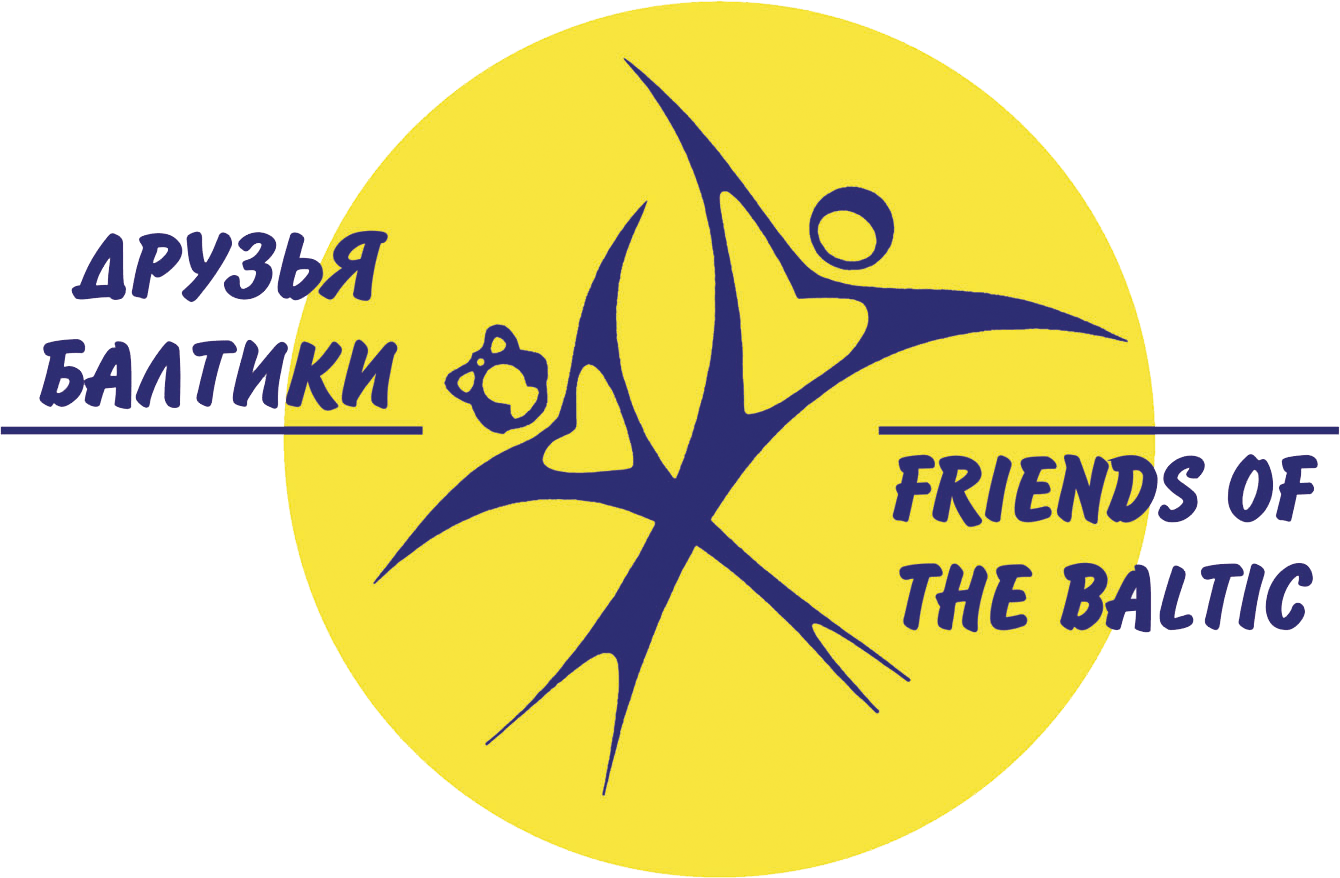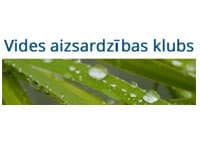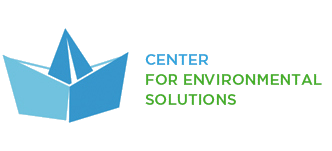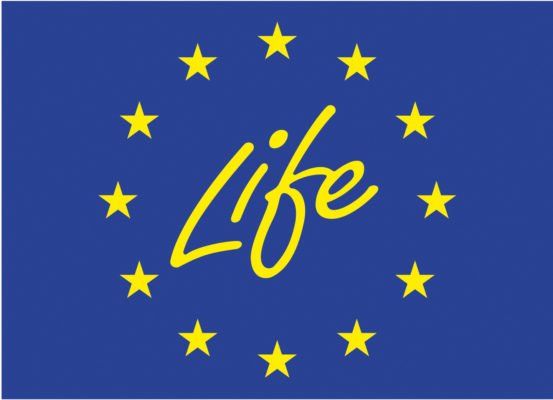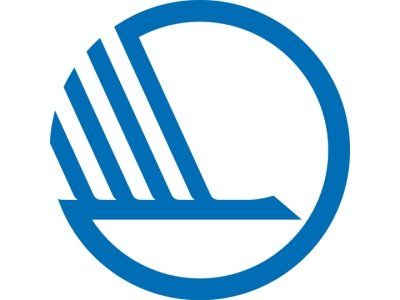Plastic Free Baltic
2017-2018 роки
CCB вважає продукти, що містять мікропластик, шкідливими та непотрібними, а додавання мікропластику до будь-яких споживчих товарів має бути заборонено!
OVERVIEW OF THE ISSUE
Вода в Балтійському морі містить багато дуже дрібних пластикових частинок, відомих під загальною назвою мікропластик, оскільки вони настільки малі, що ми їх майже не можемо побачити. Деякі з основних джерел мікропластику включають засоби особистої гігієни та одяг.
Microplastics are deliberately put into these products and as they get used and washed these plastics pass into the sewage system before eventually finding their way into the marine environment. Unfortunately, waste water treatment plants cannot filter them out because they are so small and there is no way to remove them once they enter the water system.
«БАЛТІЯ БЕЗ ПЛАСТИКУ» КОРОТКО
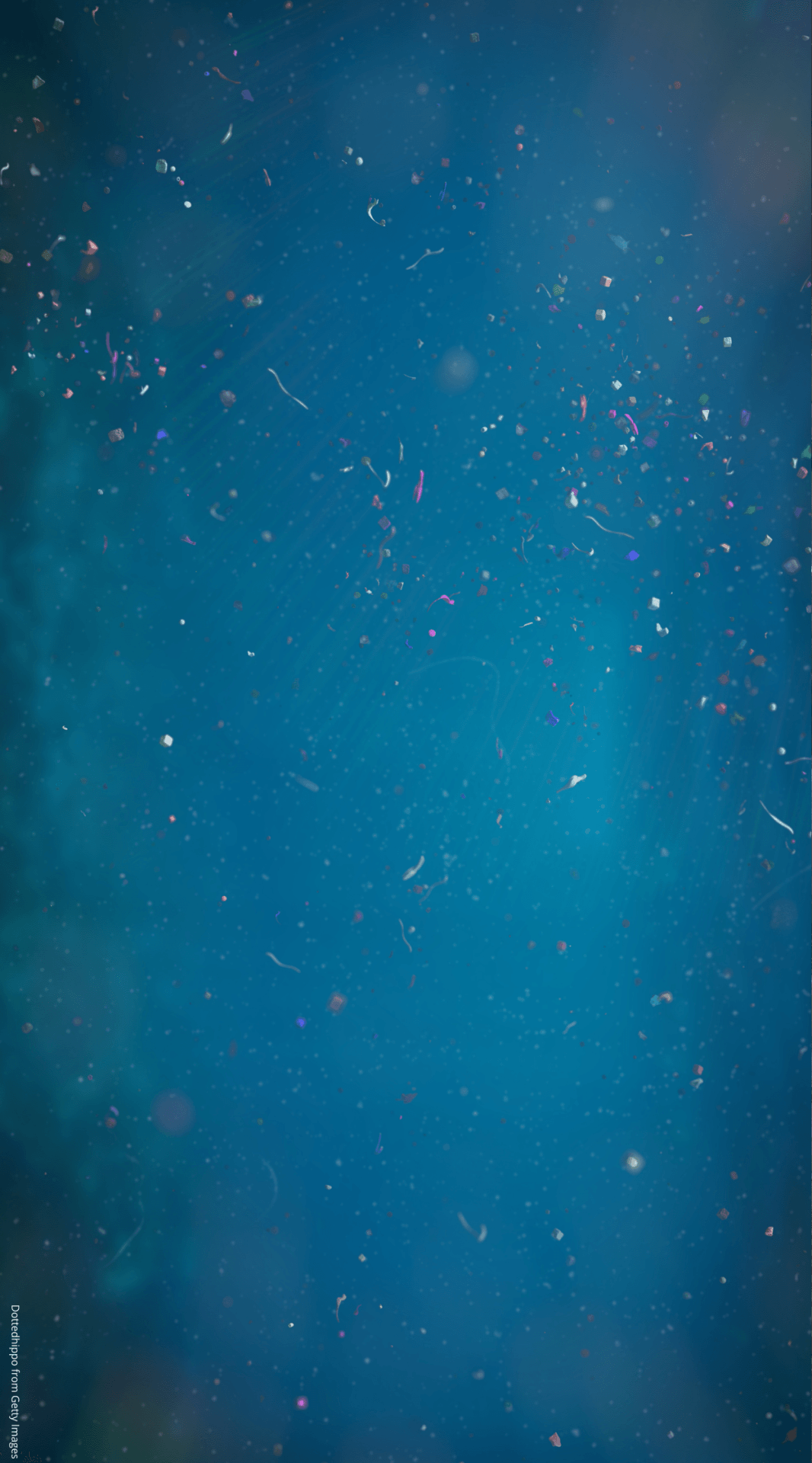
Plastic pollution is a major concern for the marine environment. Plastic of different types and sizes can be found on beaches or in the sea, ranging from larger pieces – bottles, bags, plastic packaging and single-use articles to very small plastic particles. Plastic particles smaller than 5mm are called microplastics and they can be categorized into primary and secondary. Primary microplastics are industrially manufactured whereas secondary microplastics form through a fragmentation process when larger plastic items break down due to UV-radiation and/or wave action in the water. Microplastics are widespread throughout the marine environment including surface waters, shallow waters and in the deep-sea sediments.
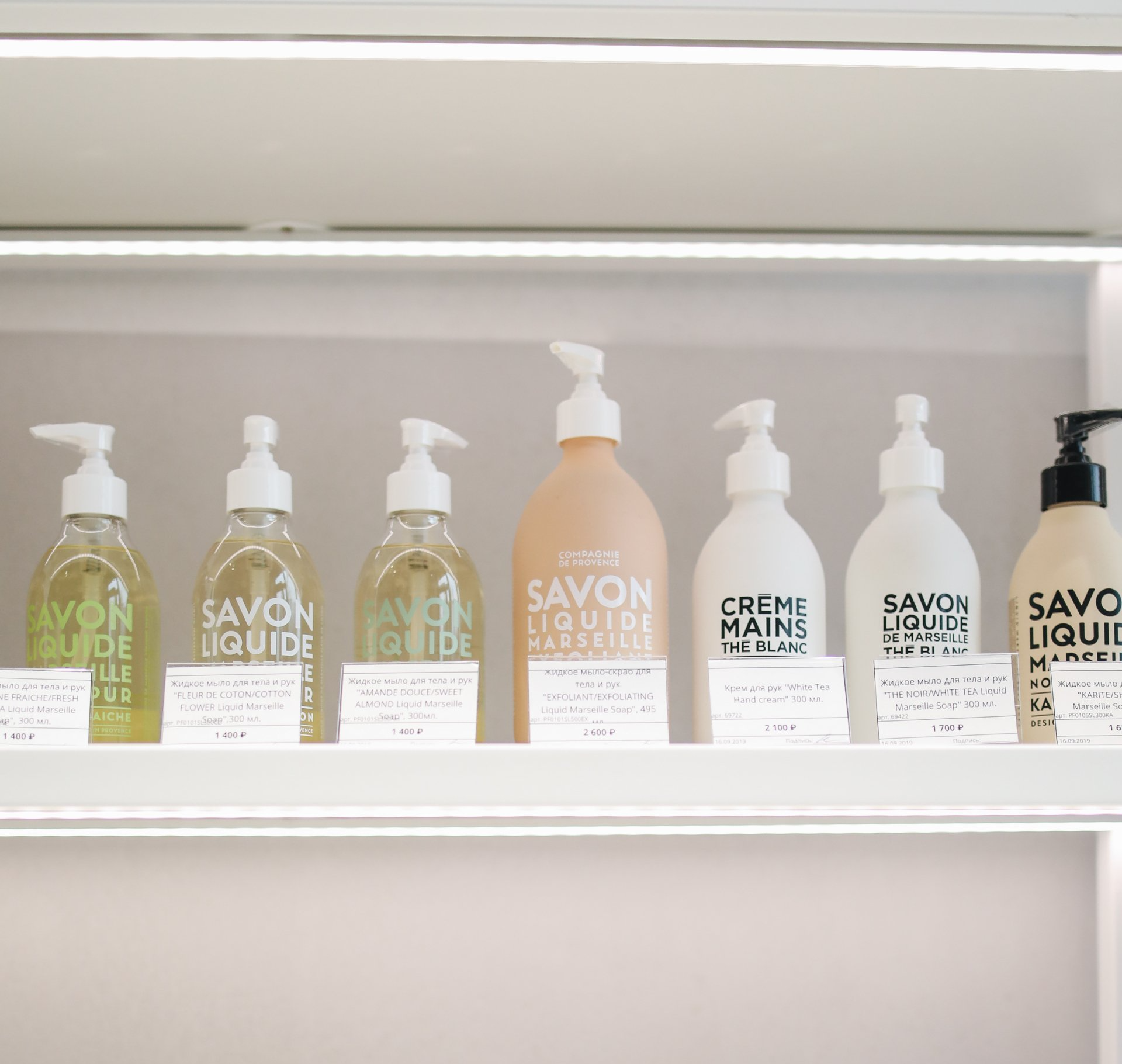
You can find microplastics in all sorts of personal care products e.g. exfoliators, creams, shower gels, body lotions, eye shadows, deodorants, blush powders, make-up foundations, skin creams, hairsprays, nail polish, liquid makeup, mascaras, shaving creams, baby products, bubble baths, hair coloring and sunscreen.
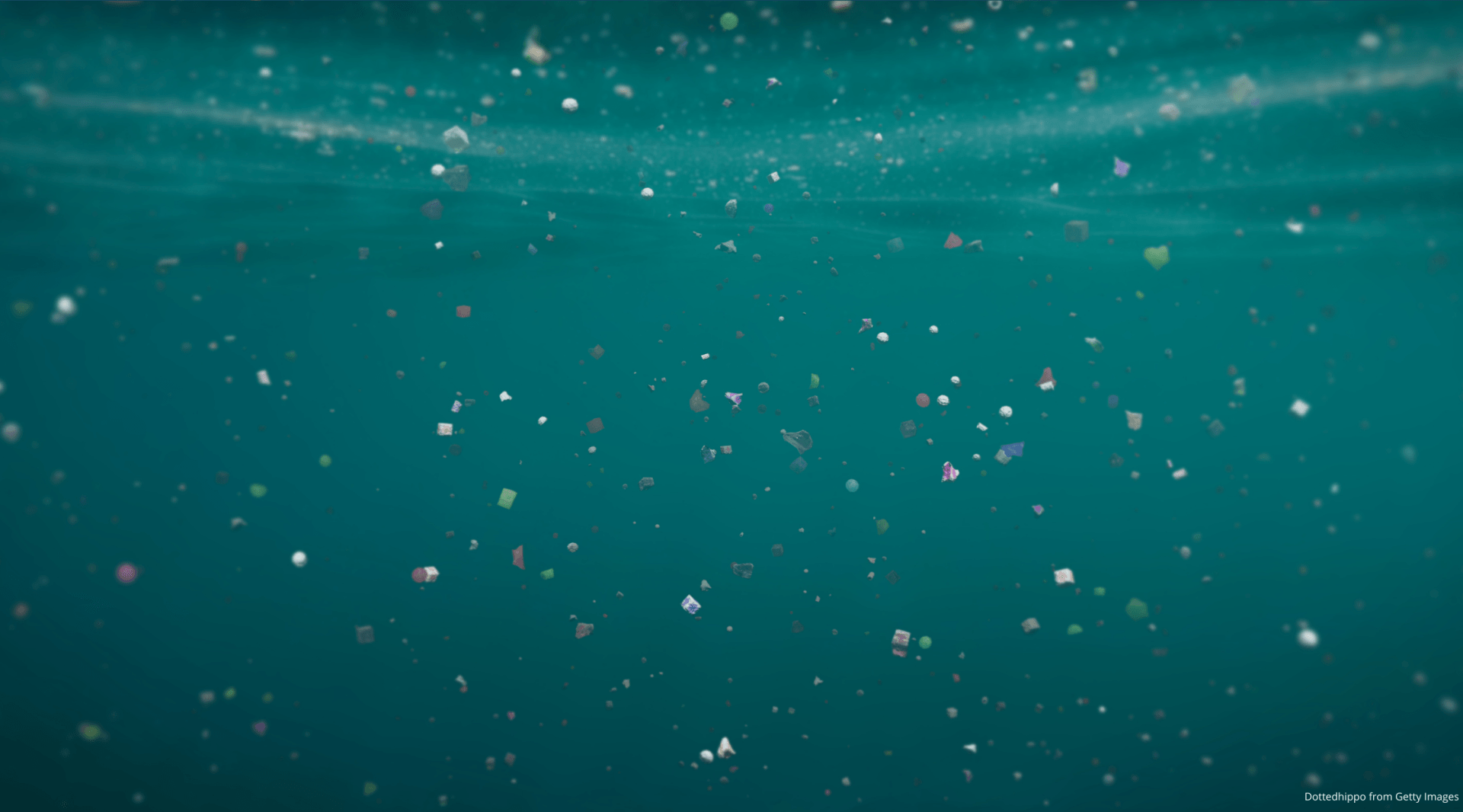
In the Central Baltic, litter items vary between 75,7 items/100m discovered at rural beaches to 236,6 items/100m at urban beaches. Due to the fact that the Baltic Sea has a slow water exchange rate it is likely that marine litter accumulates at the sea bed. Trawler surveys found that sea bed litter in the Baltic Sea (0.2 kg/km) is twice as high as in the North Sea (0.098 kg/km). Another study of the Baltic Sea region revealed that annually 130 tons of microplasticsfrom care products are flushed down household drains and due to ineffective filtering by sewage treatment plants, up to 40 tons of microplastics end up in the Baltic Sea.
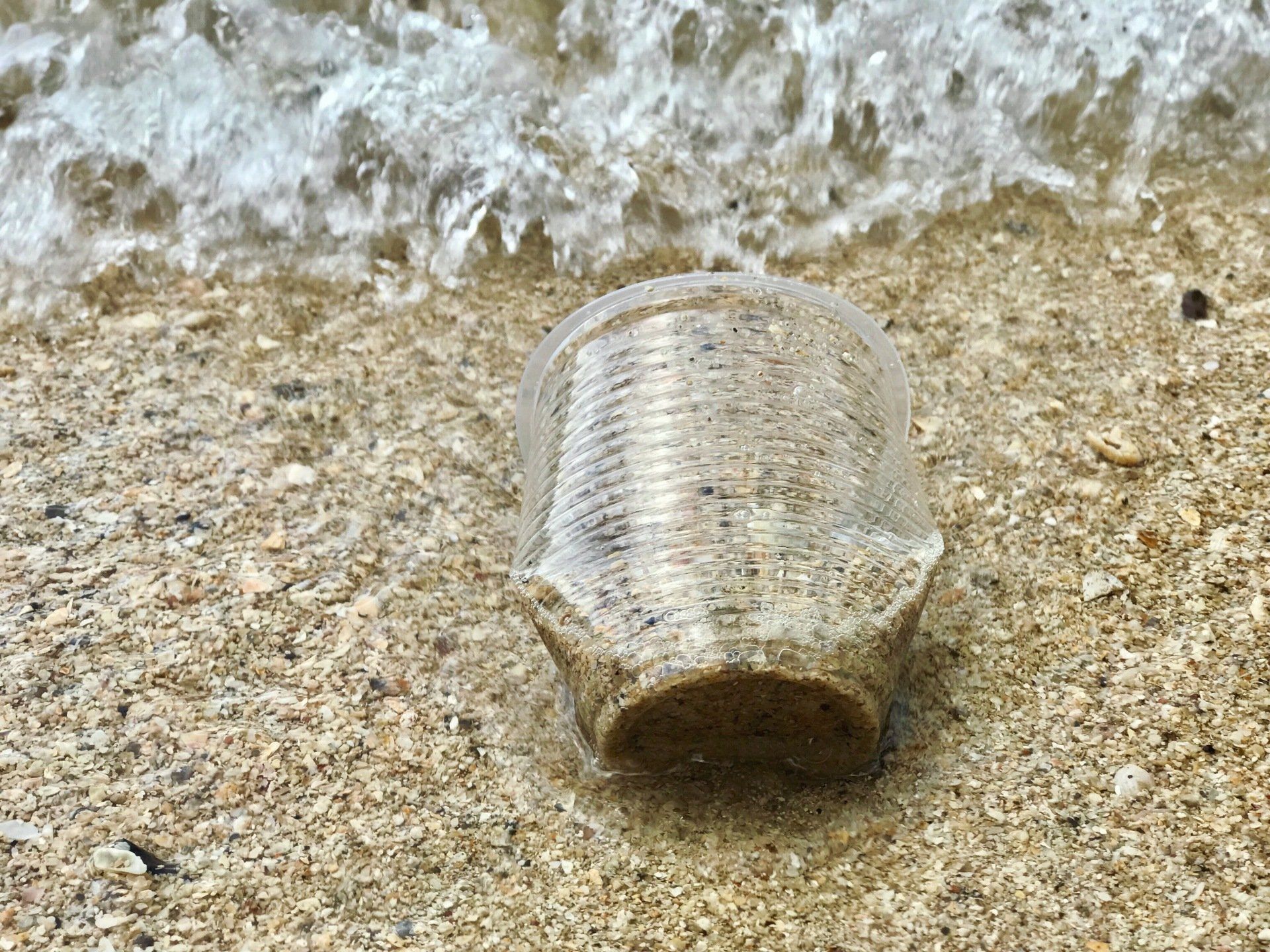
Конференція HELCOM щодо морського сміття 9 березня 2016 р. у Гельсінкі, презентація CCB
Microplastic ingredients that you can find in personal care products
| Тип міропластики (назви INCI) | Функція в продуктах |
|---|---|
| Наповнювач Збільшує в'язкість | |
| Відлущувальна плівка Утворення фіксатора волосся Контроль в'язкості Естетичний засіб (наприклад, блискітки у пінній ванні, макіяж) | |
| Наповнення Контроль в'язкості Помутніння (наприклад, креми від зморшок) | |
| Наповнювач Контроль в'язкості | |
| Акрилатний сополімер (AC) | Сполучна речовина Фіксатор волосся Утворення плівки Суспендуючий агент |
ПУБЛІКАЦІЇ
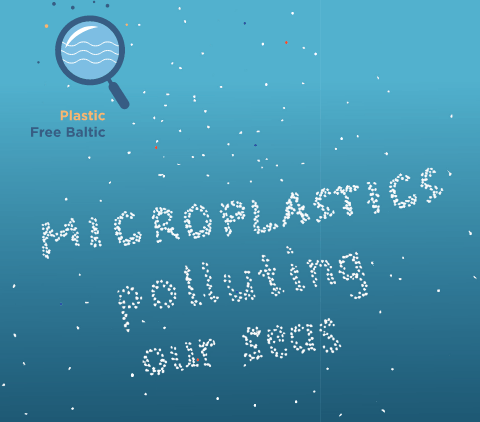
Information Booklet
-
Завантажте буклет вашою мовою
Брошура CCB про забруднення мікропластиком – білоруська версія
Продукти, які, як відомо, містять мікропластик
-
Список мікропластикових продуктів – Естонія
MEDIA MATERIALS
Для отримання додаткової інформації:
Секретаріат CCB: secretariat (at) ccb.se



